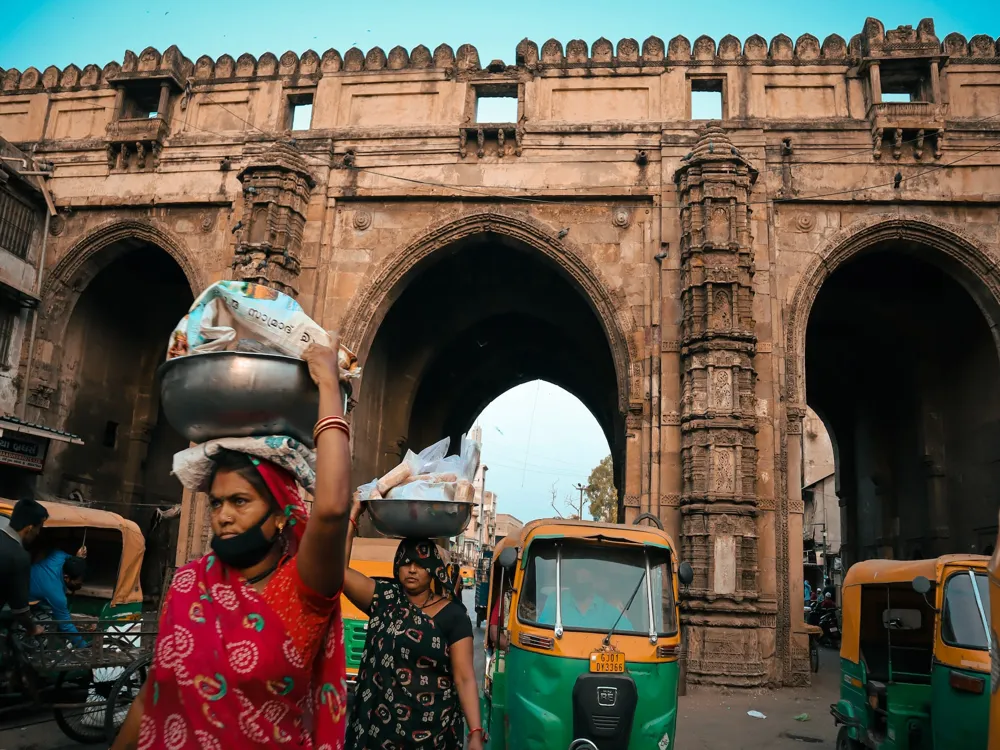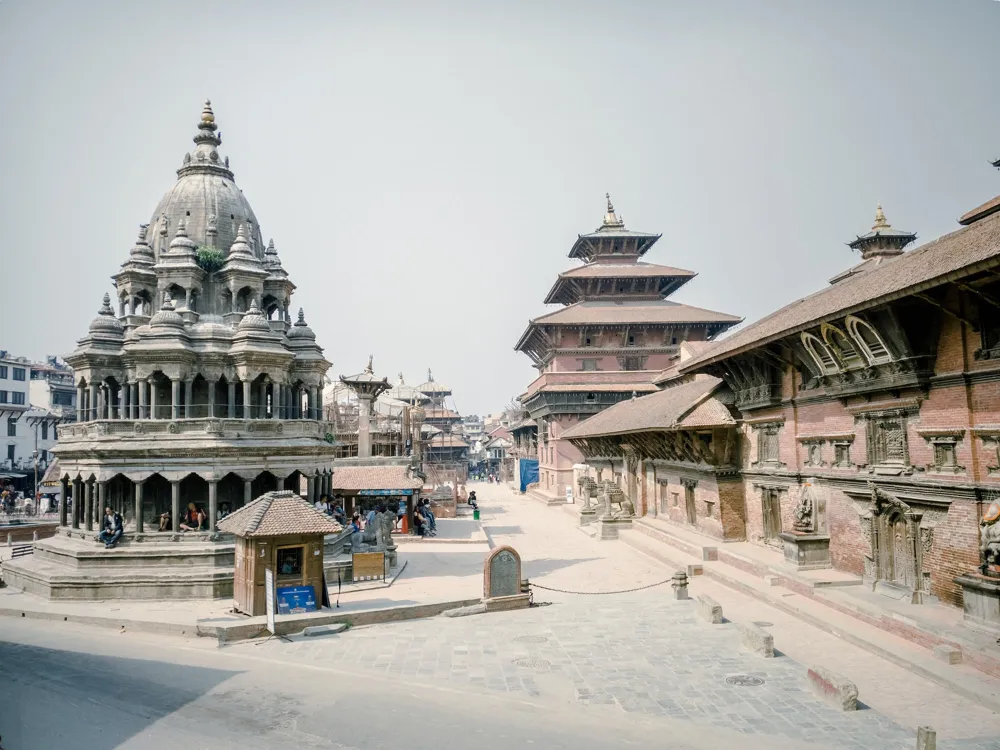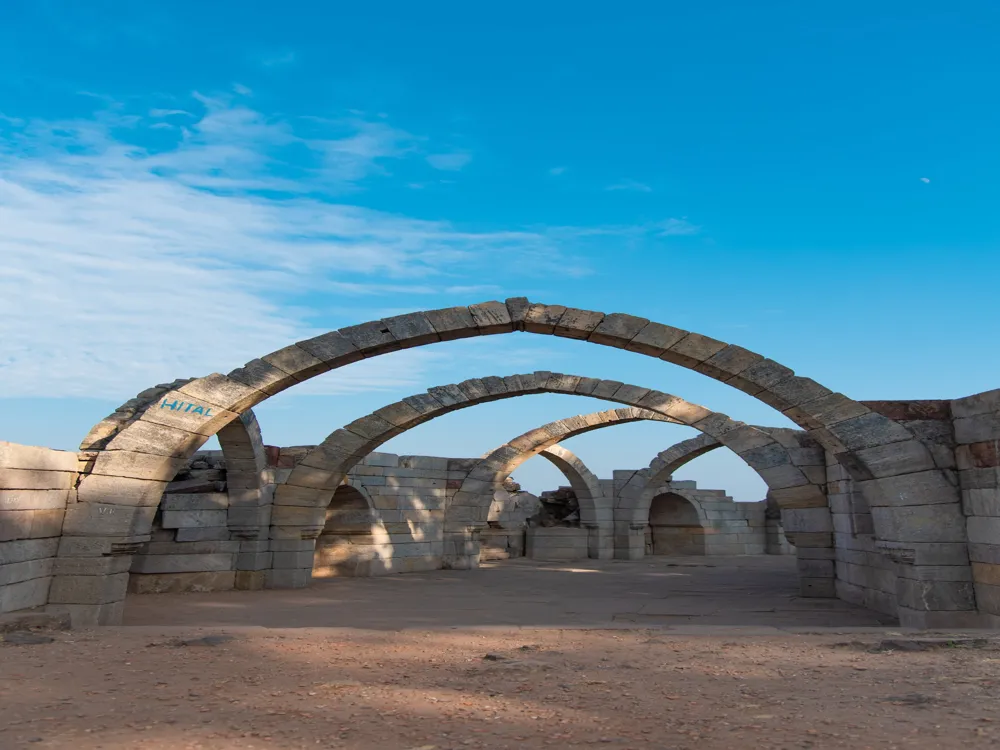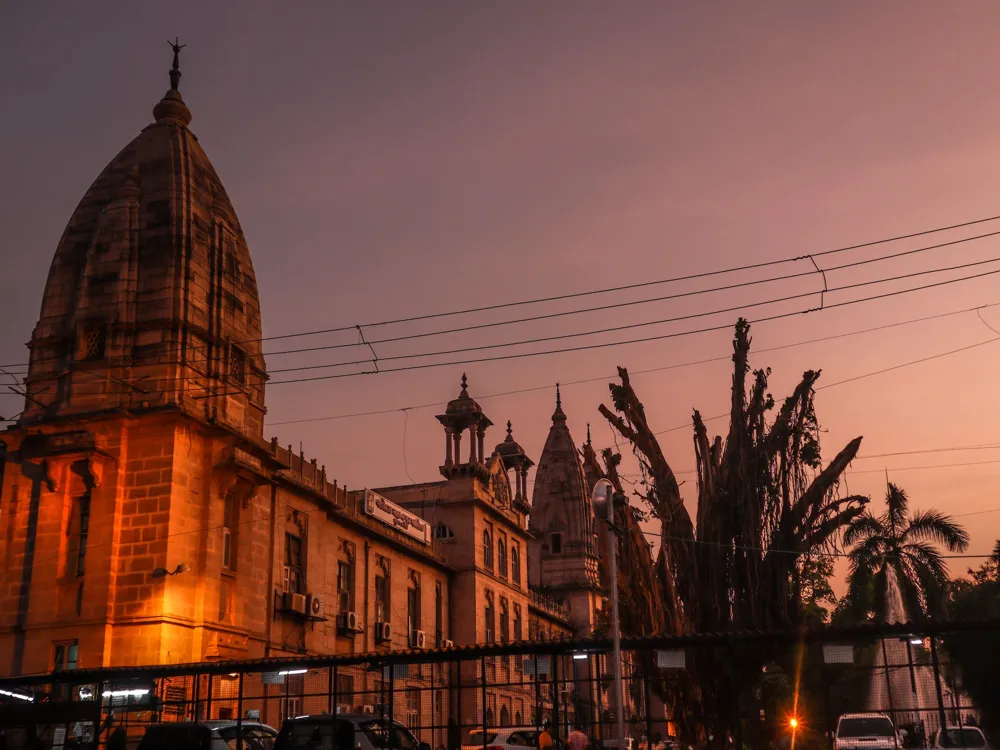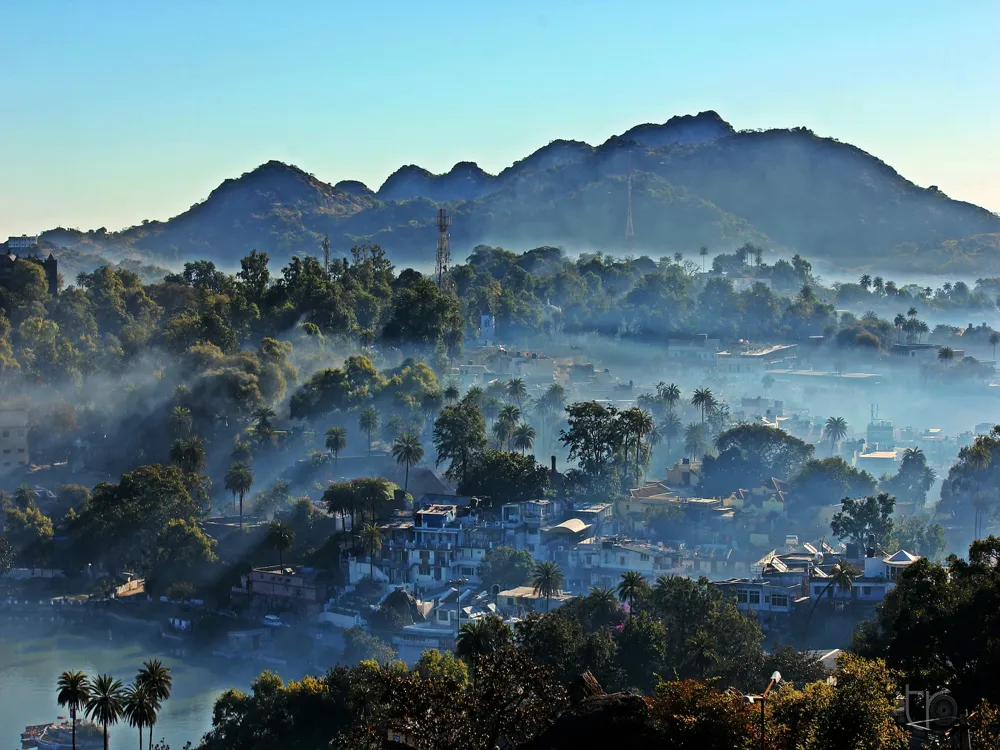Lothal, a significant city from the ancient Indus Valley Civilization, is located in the Bhal region of the modern state of Gujarat. Often referred to as 'Mound of the Dead,' this archaeological site offers a unique glimpse into the urban planning and architectural expertise of one of the world's oldest civilizations. The city, believed to have been founded around 2400 BCE, was a thriving trade center, with its economy primarily based on bead-making, metallurgy, and maritime activities. The urban layout of Lothal is characterized by its well-defined divisions. The city was divided into two main areas – the upper town or citadel, where the ruling class and important public buildings were located, and the lower town, inhabited by the working class. This spatial segregation reflects a well-organized social structure and a clear understanding of urban planning principles. The most fascinating aspect of Lothal's architecture is its advanced drainage system, which was remarkably sophisticated for its time. Each house in the lower town had its private bathroom, with drains covered with bricks or stones for maintenance. One of the most intriguing features of Lothal is the world's earliest known dockyard, reflecting the importance of maritime trade in the Indus Valley Civilization. The dockyard was a basin 37 meters from east to west and nearly 22 meters from north to south, connected to a nearby river via a channel. It's believed that this dockyard was used for the berthing of ships and handling cargo, demonstrating an advanced understanding of tidal science and hydraulics. The archaeological findings at Lothal include a variety of beads, terracotta ornaments, seals, weights, and measures, indicating the city's extensive trade links. Lothal also stands out for its expertise in bead-making. The discovery of numerous bead factories suggests that bead-making and gem-cutting were major professions. These beads, made from materials like gold, agate, chalcedony, and carnelian, were not only used locally but also exported. This craftsmanship highlights the advanced technology and artistic skills of the Lothal residents. Overall, Lothal offers a fascinating insight into the urban life, trade, and technology of the Indus Valley Civilization, making it an invaluable archaeological treasure. The architecture of Lothal is a testament to the advanced urban planning and engineering skills of the Indus Valley Civilization. The city's layout, building materials, and construction techniques reflect a high level of sophistication and understanding of urban needs. The use of kiln-burnt bricks, sun-dried bricks, and wooden structures indicates knowledge of diverse building materials. The citadel, or upper town, was strategically built on higher ground to protect it from floods. This area housed important administrative and ceremonial buildings, including a warehouse, a bead factory, and possibly a ruler's residence. The warehouse, with its numerous storage rooms, was an essential structure for managing the city's trade goods. The bead factory, with evidence of bead-making furnaces and a variety of tools, showcases the city's expertise in bead craftsmanship. The lower town, designed for the general populace, displayed remarkable town planning. The grid layout of the streets, with houses opening onto them, ensured efficient movement and accessibility. Each house was equipped with a bathroom and a sophisticated drainage system, a feature rarely seen in contemporary civilizations. This level of sanitation and public health awareness is extraordinary for an ancient city. The Dockyard, arguably the most significant architectural marvel of Lothal, illustrates the city's advanced understanding of hydraulics and maritime architecture. The precise construction of the dock, with facilities for berthing ships and handling cargo, indicates a sophisticated knowledge of tidal patterns and water management. This feature highlights Lothal's status as a major port city, facilitating trade across the Arabian Sea. In conclusion, the architecture of Lothal stands as a remarkable example of ancient urban planning and engineering. The integration of residential, commercial, and administrative spaces, coupled with advanced infrastructure, makes Lothal a fascinating study in ancient city planning. The ideal time to visit Lothal is from October to March when the weather is pleasant, avoiding the harsh summer heat and the monsoon season. Carry a hat, sunglasses, and sunscreen to protect yourself from the sun. Comfortable walking shoes are a must as the site involves a fair amount of walking. Opt for a guided tour to gain a deeper understanding of the site's history and significance. Knowledgeable guides can provide insights that are not obvious to the casual observer. Early morning or late afternoon light is ideal for photography. Capture the archaeological remains against the light for dramatic effects. Respect the archaeological site by not littering or causing any damage. Follow the guidelines set by the authorities to preserve the site's integrity. Lothal is accessible from Ahmedabad, which is well connected by air, rail, and road. The nearest airport is the Sardar Vallabhbhai Patel International Airport in Ahmedabad. From Ahmedabad, Lothal can be reached by road, with a journey of approximately 85 kilometers. Regular bus services and taxis are available from Ahmedabad to Lothal. For a more scenic and leisurely journey, one can also opt for a private car or a rented vehicle, which offers the flexibility to explore the surrounding areas as well. Read More:Overview of Lothal, Ahmedabad, Gujarat
Architecture of Lothal
Tips When Visiting Lothal
Best Time to Visit
Travel Essentials
Guided Tours
Photography Tips
Local Etiquette
How to Reach Lothal
Lothal
Ahmedabad
Gujarat
NaN onwards
View ahmedabad Packages
Weather :
Tags : Historical Site
Timings : 10:00 AM - 5:00 PM, Closed on Friday
Entry Fee : No Entry Fee
Planning a Trip? Ask Your Question
Ahmedabad Travel Packages
View All Packages For Ahmedabad
Top Hotel Collections for Ahmedabad

Private Pool

Luxury Hotels

5-Star Hotels

Pet Friendly
Top Hotels Near Ahmedabad
Other Top Ranking Places In Ahmedabad
View All Places To Visit In ahmedabad
Faq on Ahmedabad
What is Lothal in Ahmedabad famous for?
Lothal in Ahmedabad is famous for being one of the most prominent archaeological sites of the ancient Indus Valley Civilization. It is known for its well-planned urban infrastructure, advanced drainage systems, and maritime trade.
What can I see in Lothal, Ahmedabad?
Visitors to Lothal in Ahmedabad can explore the ruins of the ancient city, including the dockyard, warehouse, acropolis, and the famous Great Bath. The Archaeological Museum nearby also showcases artifacts excavated from the site.
Is Lothal near Ahmedabad?
Yes, Lothal is located near Ahmedabad, approximately 80 kilometers (50 miles) to the southwest. It is easily accessible by road from Ahmedabad.
How far is Lothal from Ahmedabad?
Lothal is approximately 80 kilometers (50 miles) away from Ahmedabad, which can be covered by road in around 2 hours, depending on traffic conditions.
What is the significance of Lothal, Ahmedabad?
Lothal, Ahmedabad holds significant historical importance as it provides valuable insights into the urban planning, maritime trade, and lifestyle of the ancient Indus Valley Civilization.
View ahmedabad Packages
Weather :
Tags : Historical Site
Timings : 10:00 AM - 5:00 PM, Closed on Friday
Entry Fee : No Entry Fee
Planning a Trip? Ask Your Question
Ahmedabad Travel Packages
View All Packages For Ahmedabad
Top Hotel Collections for Ahmedabad

Private Pool

Luxury Hotels

5-Star Hotels

Pet Friendly
Top Hotels Near Ahmedabad
Other Top Ranking Places In Ahmedabad
View All Places To Visit In ahmedabadFaq on Ahmedabad
What is Lothal in Ahmedabad famous for?
Lothal in Ahmedabad is famous for being one of the most prominent archaeological sites of the ancient Indus Valley Civilization. It is known for its well-planned urban infrastructure, advanced drainage systems, and maritime trade.
What can I see in Lothal, Ahmedabad?
Visitors to Lothal in Ahmedabad can explore the ruins of the ancient city, including the dockyard, warehouse, acropolis, and the famous Great Bath. The Archaeological Museum nearby also showcases artifacts excavated from the site.
Is Lothal near Ahmedabad?
Yes, Lothal is located near Ahmedabad, approximately 80 kilometers (50 miles) to the southwest. It is easily accessible by road from Ahmedabad.
How far is Lothal from Ahmedabad?
Lothal is approximately 80 kilometers (50 miles) away from Ahmedabad, which can be covered by road in around 2 hours, depending on traffic conditions.
What is the significance of Lothal, Ahmedabad?
Lothal, Ahmedabad holds significant historical importance as it provides valuable insights into the urban planning, maritime trade, and lifestyle of the ancient Indus Valley Civilization.











